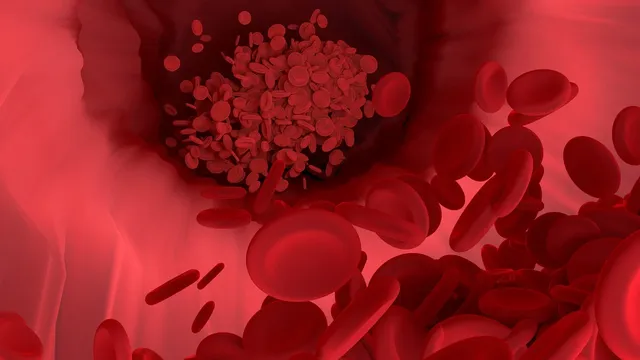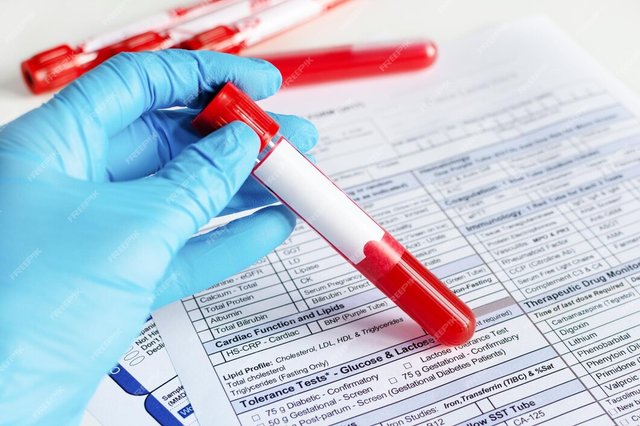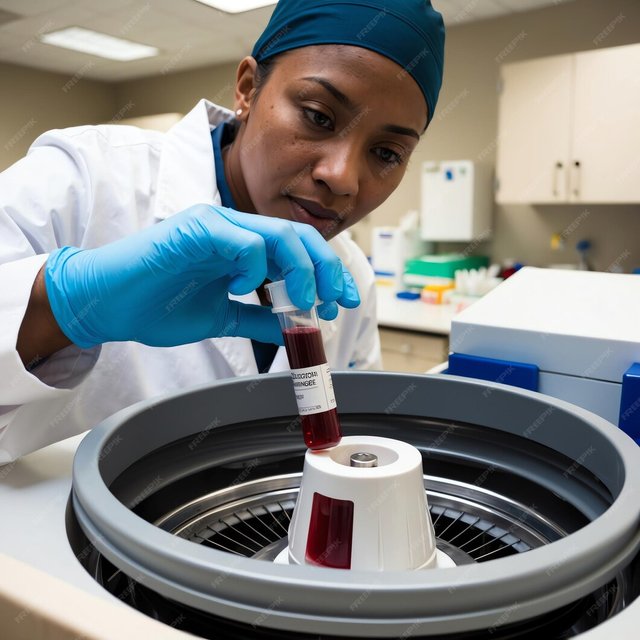SEC S20W3 || Morphological Anemias - Module 3
This week, week lecture in anemia helps one to stay focused on dieting so as to prevent some certain Anemia. Last week was about hemoglobin and I missed the part due to some busy schedule but after studying this week modules, some memories flashed back and some lessons learned. It has also sharpened my skills.
After reading and understanding, I proceeded to take the task.
Task 1; Defines Morphological Anemia
Morphology; is the study of different shapes, forms or structure of a living thing.
Anemia can be define as a loss of blood, deficiency or a dysfunctional RBC which leads to the reduced oxygen flow to the different organs of the body. It gives rise to symptoms such as shortness of breath, fatigue etc. In most cases, this anemia can be mild or severe depending on the causes or some underlying circumstances.
Anemia is classified into two types
- Morphological Anemia
- pathological anemia
Therefore, morphological anemia is defined as a classification of anemia based on size, volume and structure of the red blood cell. Also, it may be classified by hemoglobin content of red blood cells (RBC)
There are ways in which the size, shape or quality of which this red blood cells can be measured. They are as follows;
Mean Corpuscular Volume (MCV); it measures they average size of RBC found in a blood sample.
Mean Corpuscular Hemoglobin (MHC); it measures the average amount of hemoglobin presents in a single red blood cell sample (per red blood cell)
Mean Corpuscular Hemoglobin Concentration (CHCM); is measures hemoglobin in RBC including the calculation of the size volume per RBC.
The 4 basic division of RBC morphologic classification is as follows;
Microcytic Anemia; decreased red blood cells in a a given blood sample.
Macrocytic Anemia; abnormal large red blood cell produced by the bone marrow.
Normocytic Anemia; normal size or volume of RBC
Hypochromic macrocytic anemia; combination of both the larger and the normal red blood cells present in a sample.
Some example of anemia in each of this categories are as follows;
| Category | Anemia |
|---|---|
| Microcytic (MCV<80fL) | iron deficiency, anemia of chronic inflammation, Thalassemia |
| Macrocytic (MCV>100fL) | vitamin B12 deficiency, Nutritional deficiency, Malabsorption, Folate deficiency, chronic liver disease |
| Normocytic (MCV80-100fL) | Mechanical - cardiac valve prosthesis, Burns, malaria, Chemical and physical agents - drugs, toxins |
Task 2; Have you ever had anemia? Attach evidence
Yes I had anemia when I was pregnant.
My first trimester was very very challenging, It wasn't easy at all I spent almost 2 months of my first trimester in the hospital because of some complications that I had and due to this I was solely placed on infusions as I couldn't take anything by mouth. So my nutrition was poor I also couldn't take my supplements as well so all these resulted in iron deficiency Anemia. My PCV as at them was 20% but within 2weeks of taking medication, it improves.
Task 3; Pathophysiologically, what happens with anemia?
Physiology is a study of changes which is associated with a disease in this case for example a patient medical history is used to know the increased loss on destruction of red blood cells.
A healthy RBC life span is usually about 120 days. Where different body parts then wash out old blood cells. Then kidneys will produce erythropoietin (EPO), which signals the bone marrow to produce more red blood cells as the body requires.
Our body demands some basic minerals, nutrients and vitamins so as to produce enough hemoglobin and red blood cells effectively for use, mostly essential are Folic acid, vitamin B12, and iron.
Therefore, pathophysiology of anemia is the basic key to understand when this anemic condition starts developing gradually, early diagnosis is detected and possibly preventions to arrest the conditions on time.
Basically, the pathophysiology of anemia differs significantly depending on the underlying etiology therefore, let's look at some causes of anemia
Causes of anemia
The bone marrow produces red blood cells and releases it into circulation in the body. Then an failure in production to destruction or removal of RBC can result in with mild or severe anemia.
1. Decreased RBC production
- Iron deficiency anemia
2. Nutritional deficiencies
- vitamin 12 and folic acid deficiency
3. Decreased production
- Bone marrow disease
- Renal failure
- Rhemathoid arthritis
4. Increased destruction
- sickle cell anemia
- Damage during dialysis
- Hemalytic Anemia
5. Acute blood loss
- surgical blood loss
- trauma
- anticoagulation
Management
Supplement e.g Folic acid, Vitamin B12
Proper Nutrition
Erythropoietin (which helps to stimulate bone marrow to make RBC)
Task 4; Clinical case
A woman arrives at the emergency room of the Ruiz y Páez Hospital Complex, unconscious and with signs of paleness. The doctor tells her to perform a complete hematology and an HCG. The results of the homology indicate hemoglobin 9 g/dl, MCV 71 fL, HCM 24 pg, CHCM 27 g/L and positive HCG. Classify the anemia morphologically and explain what you understood about the clinical case.
Morphologically, the woman result indicate microcytic hypochromic anemia Most times, this is usually found in person that has iron deficiency
My reasons
| Evaluation | Result | normal range | remarks |
|---|---|---|---|
| Hemoglobin | 9g/DL | 12-15 g/dL | Low |
| MCV | 71fL | 80-100 fL | Low |
| HCM | 24pg | 27-32 pg | Low |
| CHCM | 27g/L | 32-36 g/dL | Low |
The HCG is positive which indicates that the woman is pregnant so the demand of iron lever is high but due to some certain hormones that is secreting in her body at this point, she may finds some discomfort eating well or taking her supplements accurately which resulted in her having Anemia.
So with the notice of her physical conditions of unconsciousness and a sign of paleness, the doctor requested for a complete hematology and an HCG for a better evaluation and effective treatment.
In this case, she will be placed on proper nutrition, supplements and possibly transfusion based on demands and areas of other evaluation done.
Lessons; weather pregnant, a child, man, woman, young girl, young boy or elderly ones. We need to take good care of ourselves in terms of our nutritions, necessary supplements so as not to run short of RBC in our body. Even though it is always challenging, pregnant women should be sure of taking their supplements daily and on a regular basis so as to help prevent anaemia which may affect the growing foetus. Prevention of anaemia is very easy and cheaper than management of anaemia so we should always be conscious and try to prevent anaemia.
Thank you for this lecture, looking forward to more interesting and benefiting lectures in the more weeks to come.
I will like to invite @dequeen @adylinah @skinnyblack and loving to take part in this contest.




You've done an excellent job @eliany for breaking down the complex interplay between physiology and anemia. There's a greater need for early detection of anemia and intervention especially in pregnant women and children.
This was a nice read, well-done once again!!
I'm grateful, thank you for reading my post pharm. Definitely, anemia needs to be detected as soon as possible for better treatment.
I just hope mothers work on taking care of their children's diet.
Thank you for your time ☺️
Wow what a comprehensive explanation you really made here. I have always heard about anemia but today I learnt another new knowledge. Well certainly there is still hope for people who have anemia
Oh I'm grateful that you learn something here, thank you for your comments 👍
Hi! It's good to see you participating this week, I learn a lot by reading the posts of other participants. Too bad you had a very difficult first trimester of pregnancy, the good thing is that you were able to recover and are doing well now.
Have a nice day!
Oh thank you for being empathy, I'm happy I was able to succeed with the challenge. I never want to experience it again.
Thank you for your best wishes I appreciate